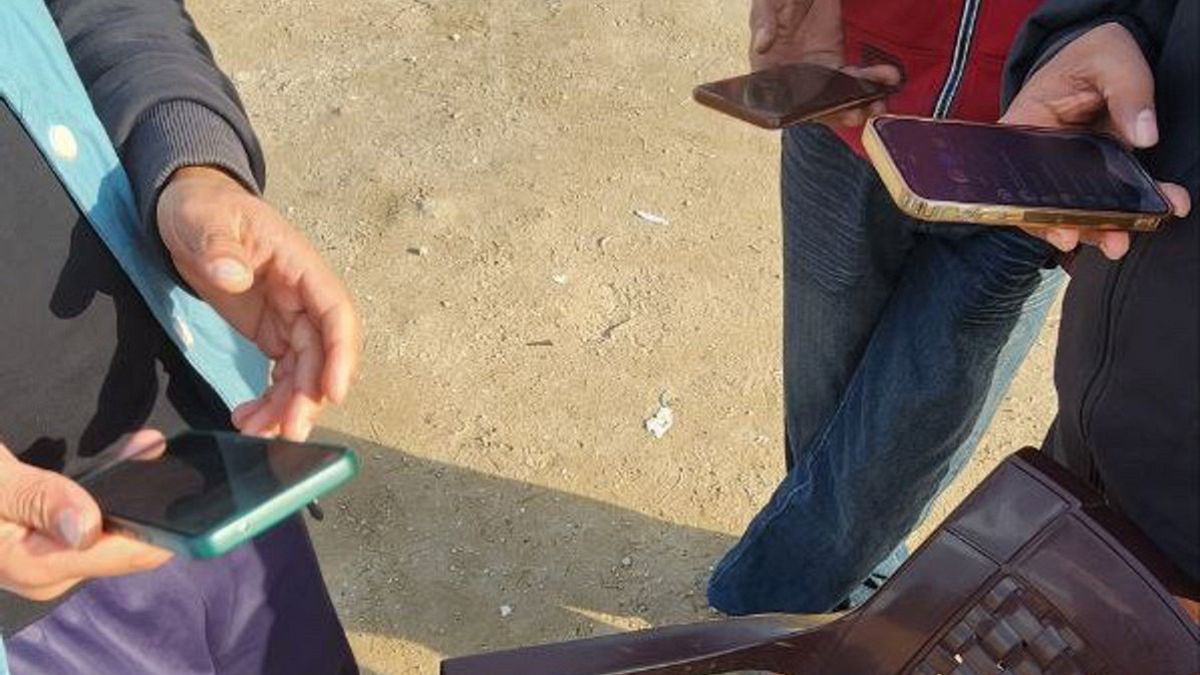The ongoing conflict between Israel and Hamas in the Gaza Strip has severely disrupted communications, leaving many residents without Internet access. The main telecom company in the area, Paltel, has lost 80% of its cell towers, making it difficult for people to stay connected. In response to this crisis, humanitarian organizations like the Association of Cooperation and Solidarity (ACS) have stepped in to provide innovative solutions. Through the GazaWeb project, volunteers have been setting up “network trees” using smartphones with eSIM technology to create Wi-Fi hotspots in border areas and cities across Gaza. These hotspots allow people to access the Internet and stay connected with loved ones during the conflict.
However, the availability of these network trees is constantly changing, and the maintenance of these hotspots poses risks due to bombings in the area. There have been reports of casualties among those using the network trees, highlighting the dangers faced by residents trying to access the Internet in Gaza. Despite these challenges, Gazans have been using social media to share their stories and document the situation on the ground during the conflict.
Efforts to establish reliable communication systems in Gaza continue, with organizations like ACS exploring different methods to keep people connected. Although access to the Internet remains precarious, initiatives like the GazaWeb project are providing a lifeline for residents amidst the chaos of war. Ultimately, the situation in Gaza underscores the importance of communication and connectivity in times of crisis, and the resilience of the community in finding innovative solutions to stay connected despite the challenges they face.
Source
Photo credit www.euronews.com




